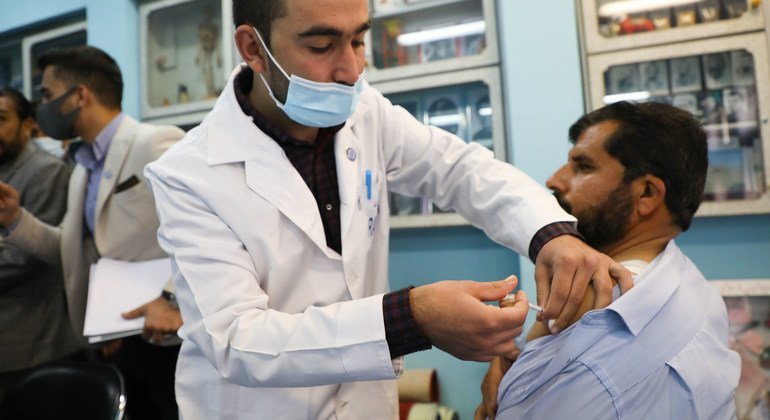These guidelines are intended to help healthcare professionals identify people at high, medium or low risk and adjust treatment accordingly.
According to the authority, current variants of the virus tend to cause less severe disease than at the beginning of the pandemic. Vaccination increases immunity, which has led to a lower risk of serious illness and death in most patients.
Certain categories are no longer considered high risk
This update – the 13th since September 2020 – provides new estimates of the risk of hospitalization.
A new category, “intermediate risk,” now includes groups previously considered high risk, such as older adults and people with chronic illnesses, disabilities and comorbidities. Their hospitalization rate is estimated at 3%.
People with weakened immune systems continue to be at higher risk if they contract COVID-19, with an estimated hospitalization rate of 6%. According to the WHO, most people are in the low-risk category, with a hospitalization rate of 0.5%.
Always the same recommended medications
WHO continues to strongly recommend the antiviral drug nirmatrelvir-ritonavir, known by the brand name Paxlovid, for COVID-19 patients at high or intermediate risk of requiring hospital treatment.
If this drug is not available for high-risk patients, it is recommended to use molnupiravir or remdesivir instead.
The WHO also recommends against the use of molnupiravir and remdesivir in patients at moderate risk because the potential side effects outweigh the potential benefits.
It also does not recommend antiviral treatment for those at low risk of hospitalization and notes that “symptoms such as fever and pain can continue to be treated with analgesics such as paracetamol.”
The update also recommends against using a new antiviral, VV116, for COVID-19 patients except in clinical trials.

